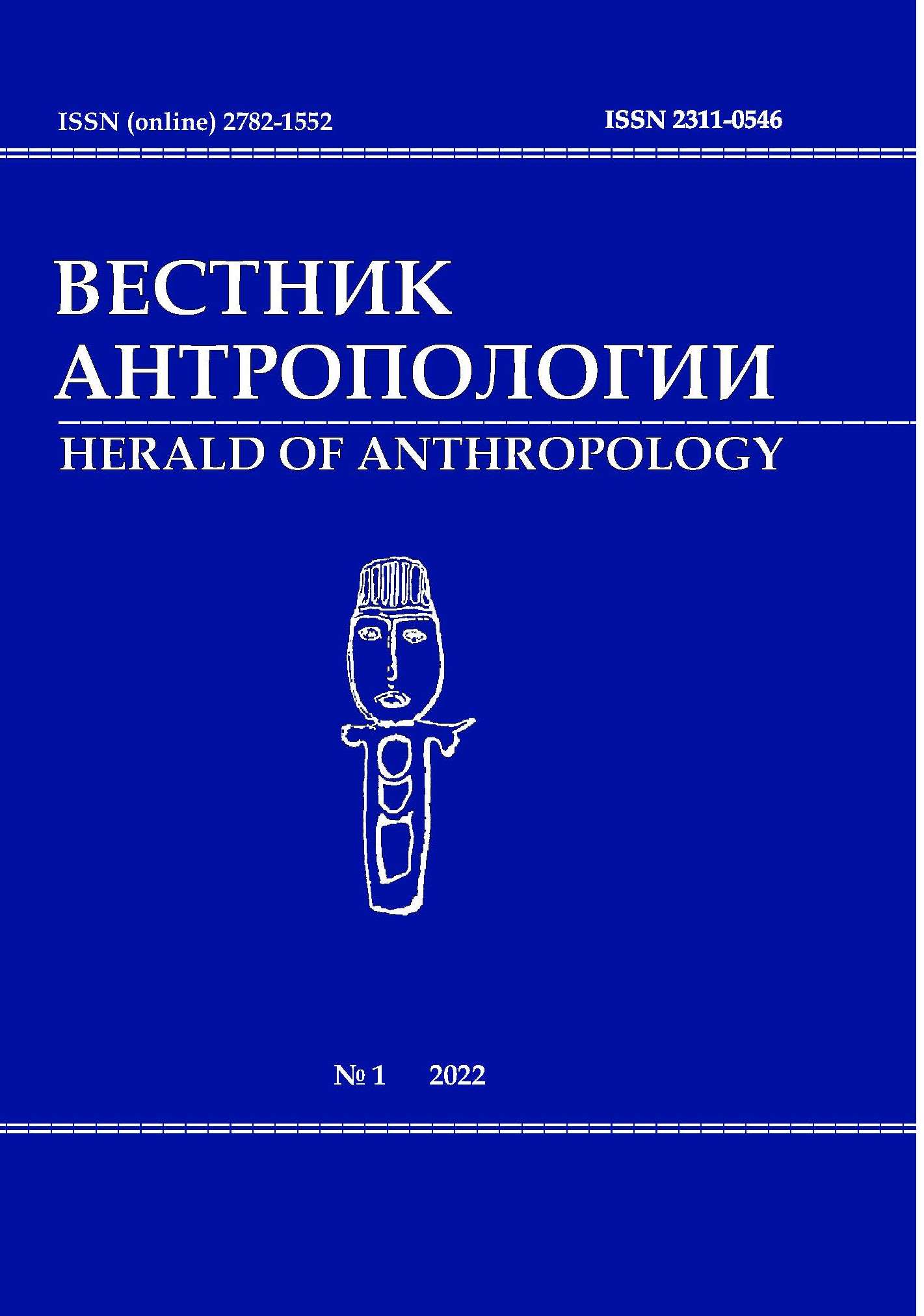The Impact of Migration on the Socio-Economic Development in Central Russia (the Case of the Kostroma Region)
DOI: 10.33876/2311-0546/2022-1/243-263
Keywords:
Kostroma, migration, monitoring, labor resources, interethnic relations, labor migrantsAbstract
The article presents the results of a comprehensive socio-anthropological study carried out in 2021 in the Kostroma region – one of the underdeveloped regions of Central Russia. The study results accurately reflect the socio-economic and demographic situation of the Kostroma people and interethnic communication in small towns and settlements with a predominately Russian population. The Kostroma case, according to the authors, is typical for the entire Central Federal District. The article portrays a migrant as seen by local residents and voices the requests of the Russians to the migrants from different ethnic and religious groups, which were expressed in the surveys. The authors explored the reasons for the wariness of the local population towards new residents and sought to determine what supports their positive perception of each other and what provokes anti-migrant phobias and prejudices. The comparative analysis of new data compared with the previous surveys in the region since 2014 provided insight into the dynamics of the ongoing processes. The final section of the article suggests recommendations for local and federal authorities aimed at more successful adaptation not only of migrants but also of local residents to the new changing realities.
For Citation: Belova N.A., and A.M. Belov. 2022. The Impact of Migration on the Socio-Economic Development in Central Russia (the Case of the Kostroma Region). Herald of Anthropology (Vestnik Antropologii) 1: 243–263.





















